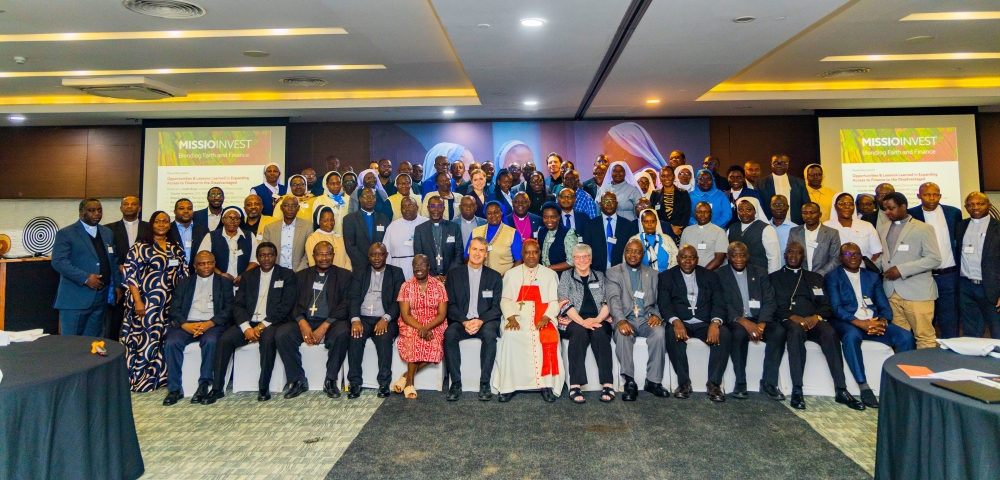Last week we largely discussed the background of the mining sector and Rwanda’s mining profile. We introduced its importance to the national economy over a long period of time, spasms of poor perfomance not withstanding, largely due to poor politics, poor economic management or due to seasons of volatility which are common in the international mineral market place.

Last week we largely discussed the background of the mining sector and Rwanda’s mining profile. We introduced its importance to the national economy over a long period of time, spasms of poor perfomance not withstanding, largely due to poor politics, poor economic management or due to seasons of volatility which are common in the international mineral market place. In order to strengthen the current renewal of the sector there are a number of challenges that will require foresight and resources committment to overcome. The most important are, attracting credible exploration and mining companies, building capacity to both the public and private sector and formalising the small scale mining sector which forms a significant part of national production but is also responsible for the bulk of the degradation attributable to the mining industry.This article will concentrate on the subject of attracting viable investors in order to realise the goal of mining becoming one of the backbornes of our economy as long as it lasts. This is because minerals are a fine resource and can provide a big leap in development but will in the future be depleted.Maximizing benefit from the mining sector will require attraction of significant foreign capital. It is important to note that top on the list of credible companies decision criteria to invest in mineral exploration are geological potential for a target mineral balanced against government policies. This is the reason the sector has recently concentrated on improving the legal framework and on organizing existing data and generation of new geologic data. Good geologic information lowers the risk of investment in exploration and hence is attractive to exploration companies.Usually mineral potential areas can be categorized as unknown, partially known or known in terms of mineral potential. The known would mean knowing the type of the mineralization and how it was deposited, the quality of the deposit (grade), the extent of the deposit (having been fairly well sampled) and the history of mining if any. The next level is usually to quantify a resource leading to a bankable feasibility study, usually reserved for exploration companies, because of the high risk involved. National Geological Surveys (Like Geology and Mines Department in Rwanda) can raise an unknown location into partially known by producing good scale geologic/geophysical/geochemical maps and indicating areas of good potential based on sound analysis and interpretation. In Rwanda we have a national coverage of geologic maps of 1/100000 and regional geophysical and geochemical data. Usually such data would be taken as sufficient by companies in regions being scrambled for by everybody. However, the region is perceived to be marginal as a mining target, the public sector has to generate more detailed data to further demonstrate the viability of that potential. When such data indicates good potential the private sector would be ready to work with even less detailed data in other areas. Besides it is also important to have good knowledge of the national mineral potential. While licensing in unknown areas may be based on first come first served, the known areas could be subjected to auctioning, which is a better deal. The following strategies are being deployed to further delineate the national mineral potential and attract good investors; disseminating electronic formats of existing geologic and mineral data to wider audiences to attract exploration companies (a number of major exclusively exploration companies are now operating in Rwanda), by law all mining licenses are issued on the strength of an exploration report, and current government budgetary commitment to the generation of new geologic data like the recently acquired aerial geophysical data, through which virgin mineral exploration potential areas were identified. Four (4) of these areas were selected for more detailed study already underway by a Germany Consulting firm, BEAK Consultants. The work is expected to be completed within one year, by December 2012 at a cost of about two (2) million Euros. In this study potential for traditional minerals of tin, tantalum, tungsten and gold is being studied. But in addition other key minerals like lithium, phosphorus, nickel and rare earths are also being investigated. A spectrum of 50 elements is under study. Good discoveries, in addition to the already accumulating information indicating Rwanda to be a key sources of the 3T minerals (tin, tungsten and tantalum), will make the nation a destination for credible exploration and mining companies.The author is the Director General of Geology and Mines Department in the Ministry of Natural Resources




